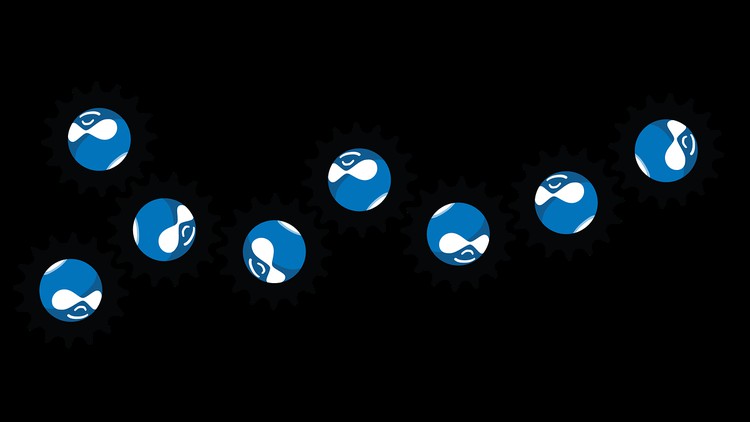Drupal Guide 2022
€24.00
Description
What you’ll learn
Drupal Guide 2022
- WordPress users who don’t want to use WordPress anymore
- A person who wants to start a website
- A person who needs to run a Drupal website
- Clients want you to set up Drupal.
Requirements
-
No Special requirements
Description
Video 1: What is Drupal? Video 2: How to use it right. Video 3: How to use it right. Together, these videos will teach people who are new to Drupal how to use it and how to get the most out of it. During the show, viewers will learn all the ins and outs of the show.
A few of the first video ideas are more like introduction videos than anything else (What is Drupal, how do you sign up, pros vs. cons, etc.). When those videos are done, we can move on to more detailed videos that show people how to use Drupal.
People often ask: “What is Drupal?” One of the first things you’ll learn here is
- What are the main things that Drupal can do?
- What kind of people should use the platform?
- It helps a lot of businesses, but which ones?
It costs money to sign up for Drupal.
- People who want to use Drupal should sign up for it.
- When you want to use Drupal, how do you sign up?
- When you sign up for Drupal, what information do you need to give?
- To be a developer, how much does it cost to use Drupal?
- As a business, how much does it cost to use the Drupal platform?
- How much does it cost to use Drupal as a company or a business?
Drupal or WordPress: What’s Better for You?
- The following are some of the things that make WordPress good for you:
- It’s easy to use.
- It’s easy to get help.
- Low costs to build
- Extensibility
- Many people like Drupal because it is easy to use.
- Views and content types can be made to look and work the way you want them
- Allows you to control and grant permissions to other people.
- Taxonomies are used to deal with a lot of data.
- For multilingual sites, this is what makes them work
Drupal can be installed on an existing website.
- Have a local environment or website where you can install Drupal.
- It means that you have met all of the requirements for the software to run smoothly.
- Having a MySQL database for the website to work with so it can store things.
- Select the main language for your site.
- Select a profile for your installation.






